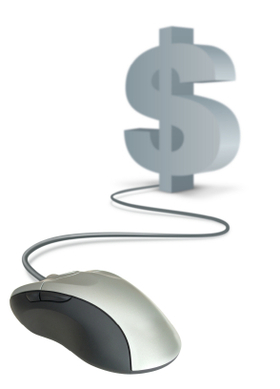401k Employer Match
For an updated list of available retirement plans and annual plan limits, reference our employee retirement plan chart.
The standard 401K plan already provides a valuable service to all eligible employees - it allows them to use pre-tax dollars to lower their taxable income and invest in a variety of commodities. But businesses can exponentially increase the value of their 401K plans by offering a 401K employer match.
How 401K employer matching contributions work

By offering a 401K employer match, you provide one of the strongest measures for retaining employees. Since the news about social security benefits looks grim as years go on, employees rely on their companies to help them maximize their savings potential to prepare for retirement. With a match, you're giving employees free money to contribute to their retirement, which in turn helps you avoid costly discrimination testing.
A typical 401K employer match works by matching a certain percentage of employee contributions known as elective deferrals. These elective deferrals indicate how much employees want to come out of their paycheck before taxes, which is placed in their 401K accounts. Employees can then invest in a variety of stocks, bonds, mutual funds, and annuities.
Employer matching contributions may fall into one of the following categories:
- Traditional 401K. Provides the most flexibility; employers can choose whether or not to contribute to employee accounts in a set amount, to match elective deferrals, or both. Employer match contributions will be subject to a vesting schedule that provides employee access to employer contributions after a certain period of time.
- Safe harbor 401K. Not subject to annual benefits testing like a traditional 401K plan; employees are required to receive a certain amount of employer match contributions, which are then fully vested in the accounts.
- Automatic enrollment 401K. An employer can automatically enroll employees and allocate elective deferrals into default investments, unless employees specify otherwise. This plan is often used to increase employee participation in 401K investment.
All of the above 401K plans can be used by businesses of any size, according to the US Department of Labor.
401K employer match example
Here's an example of how a typical 401K employer match works using real dollar amounts:
One of your employees earns $50,000 per year and contributes $10,000 annually to her 401K plan. Meanwhile, your company offers a benefit of 50% of the first 6% of employee salary. In this case, you will match $1,500 of your employee's contributions (6% of $50,000 is $3,000; half of $3,000 is $1,500). This brings her annual contribution to $11,500.
A 401K employer match of $.50 to the dollar contributed up to 6% of an employee’s pay is considered standard, yet only 23% of employers offer staff members this match ratio. Most employers instead provide employees with a match for 3% of their salary; 50% of employers require employees to save 6% of their earnings to become eligible for the entire employer contribution amount.
Squashing 401K employer contribution concerns
Some businesses choose not to make 401K employer contributions because they either can't afford it or fear employees will leave the company and take the matched funds with them.
In the case of making 401K employer contributions, you help encourage employee participation in the plan and avoid costly discrimination testing requirements. Also, employees can only gain ownership of the funds you match based on a vesting schedule you set; if they haven't worked for you for a certain amount of time, the funds are returned when the employee leaves.
The good news is that while employees may be reluctant at first to enroll in a 401K plan, once they enroll, they are likely to stay enrolled. Investment services have determined that automatic enrollment for employee 401Ks has the highest retention rate and encourages continual retirement savings. Employees provided with further professional investing guidance from their employers are even more likely to take retirement seriously and continue to contribute to a 401K.
Ready to Compare Employee Retirement Plans Price Quotes?